Writing content for your medical website can be tough. At certain times you’ll want to be scholarly and provide very formal information. At other times, you’ll want to be more conversational and evoke a sense of comfort. The stigma is that those two ideas are so vastly different that it’s nearly impossible to make them work in tandem with one another. However, it’s completely possible to blend the two styles and create a well thought out, conversationally driven website that will both please your users and the internet power that is Google.
Table of Contents
ToggleDevelop your personas.
One of the most helpful (and interesting) parts of developing your website content is to create a few personas. Each of these personas should provide insight into your target demographic. For example, if you’re looking to target women between 25 and 65, develop a whole scenario around a specific woman. Perhaps what she does for a living, her income, where she lives, her hobbies, etc. These personas will allow you to proactively develop a tone that your audience will fully digest and understand.
For multiple service lines, the various personas allow you to figure out how you want your page layouts to be so that the reader segues through pages properly. If persona A is going to read three specific pages, but persona B is reading others, make sure you write in the tone persona A would understand on those pages so that you’re targeting the right person.
Pro tip: Give your personas a name! Not only is it fun, but it keeps your personas broken up. If you have Margaret, Samantha, and Lisa, they might all be completely different. However, they may all be very important to the overall goal for your website. Keeping them separated can help you create your page layout, which will help in the next step.
Determine your dominant keywords and phrases.
You may hear it constantly, but Google does want to know what keywords you’ll be targeting. Having said that, you don’t always want to pigeonhole yourself. Take a step back and think about how you’re searching something online if you have an ailment. Chances are you’re not typing “headache in city, state,” right? Rather, you’re probably typing in the symptomatic question of “why does my head hurt between my eyes?” This is because you are thinking as a human. When developing your keywords and phrases, make sure to not only use your tools (such as Google’s Keyword Planner,) but also your own knowledge of your patients.
Pro tip: Use Google! Google’s brilliant, and can even predict a flu outbreak before the CDC based on the number of searches. Type in your keyword, and then do a test based on what related searches there are, and what strings people search after that key term. You might not use every single result, but it gives you some great insight.
Create your funnel.
If user A goes from the homepage and wants to search for a specific service line, are they going to be able to reach it in one click? If not, you’re not giving a good funnel. Use your personas to determine the lines that they’ll take on the site, and use this when creating your wireframe for content. What you’ll find is that every single page doesn’t need to be right in the user’s face. Instead, it can be linked in the content, or conveniently placed throughout the pages for their ease.
In addition, not all content relates. For example, even if you are an OB/GYN with tons of services, you don’t always need to link them on every single page. Someone looking for information on birthing may not want to know about postmenopausal information, and thus you shouldn’t have that information on the same page.
Keep it conversational.
Above all else, it’s important to keep your writing conversational and at a level below what you may comprehend. Nearly 77 million adults have health literacy skills at basic or below levels. The reason users come to your site is to be informed and make a decision. If you use a great deal of “ten letter words,” you risk completely losing that user and, in turn, losing a patient. Google will rank you based not only on those keywords, but also your ability to successfully answer the question posed by a searcher. In the above “why does my head hurt between my eyes” question, you aim to be the one that makes the most complete, readable answer. Not the one who sounds like a medical article published by a University.
Pro tip: Talk it out. This may be difficult since it’s a little awkward to just talk to yourself out loud sometimes, but it truly helps. Read your content over and make sure that someone other than yourself can understand everything. If they can’t, go back to the drawing board and see where you’ve missed some key conversational elements such as anecdotes.
Professional content development is never a bad idea.
It’s rare that those in healthcare will find time to overhaul their site content, and professional content developers completely understand that. In addition to the above tips, there’s still a number of steps to really perfect the process. If you’ve hit a wall, or you’re looking for assistance, contact Practis for help. We want you to be involved during the entire process, but we’ll also help you develop readable content for the search engines and end users. Contact us today to get started, and we’ll help you get that content you’ve dreamed of in no time!



